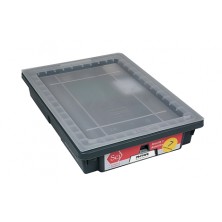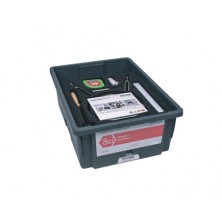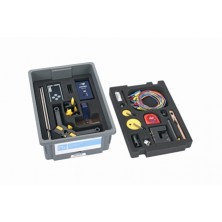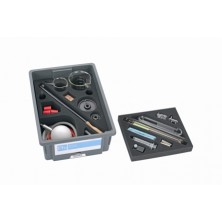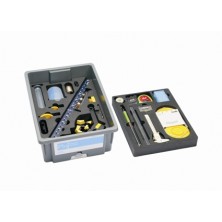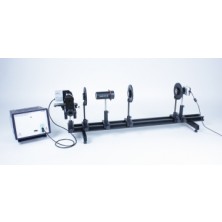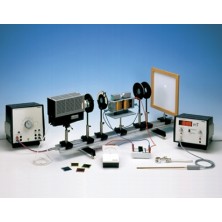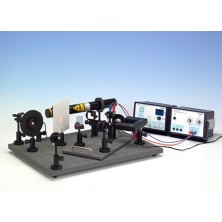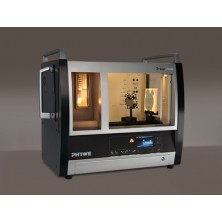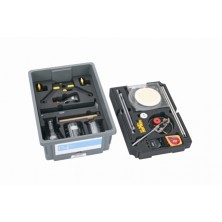
TESS advanced Physics Basic Set Heat 1 for age 11-16
Item no.: 15274-88 Function and Applications Basic set allowing the performance of 21 experiments about the following topics: Thermal equilibrium and temperature measurement (3 experiments) Thermal expansion (4 experiments) Heat transfer (2 experiments) Thermal energy (4 experiments) Change of state (5 experiments) Solutions (3 experiments) Benefits Complete equipment set: simple execution of the experiments The

